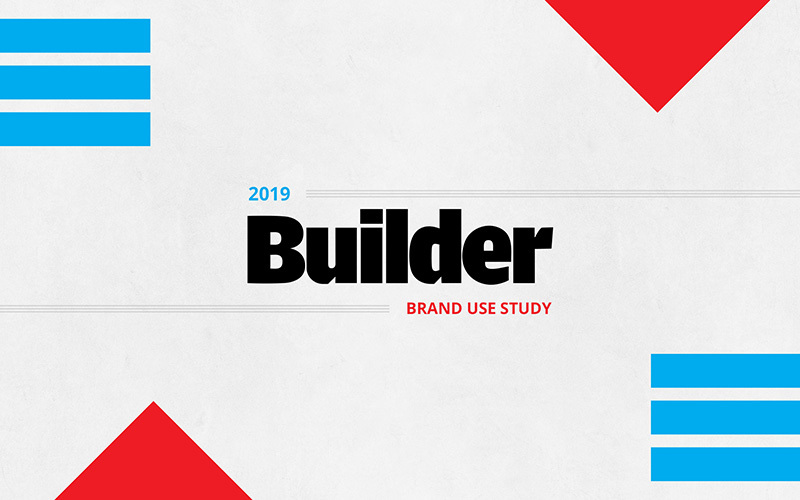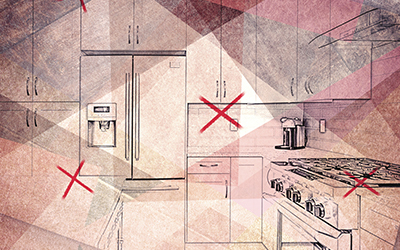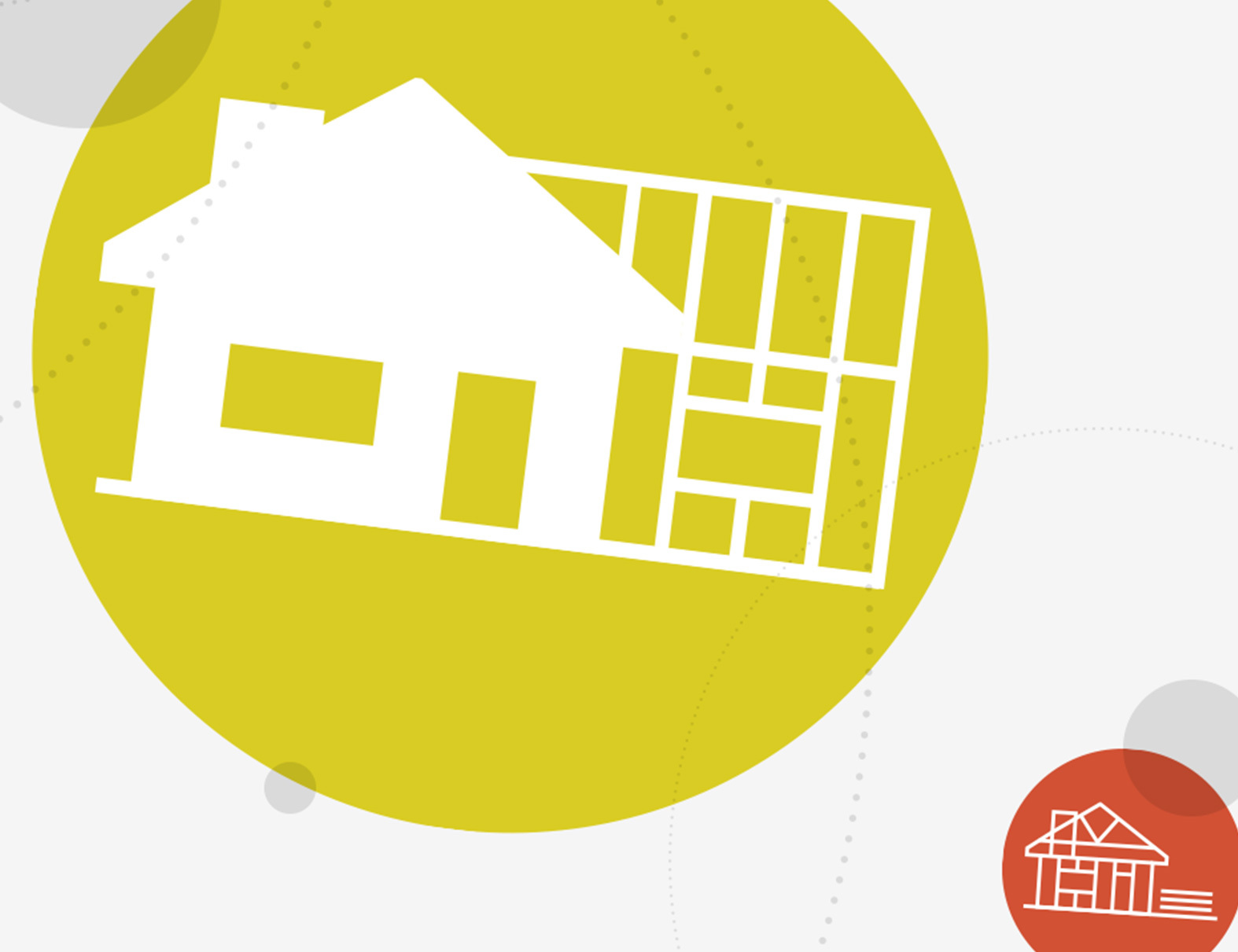Industry Trends
Several Wray Ward leaders attended the 2019 AIA Conference on Architecture, where we heard Kermit Baker, senior research fellow at Harvard University’s Joint Center for Housing Studies (JCHS) and project director of the Remodeling Futures Program. Baker also serves as chief economist for the American Institute of Architects (AIA).
A highly sought expert on business and construction trends for the U.S. economy, Baker is a frequent contributor to trade publications and this blog. We caught up with him after the AIA conference to delve into his presentation on critical issues facing the industry, design professionals and businesses today.
Renovations and retrofits are overtaking new construction in many sectors. Why?
KB: I think there are several issues at play here.
One: The U.S. population is growing more slowly, so we don’t need as many new facilities.
Two: There is an increased emphasis on making facilities more sustainable — in other words, upgrading our current building stock rather than tearing facilities down and replacing them. This is consistent with some emerging values, namely that we should guard our natural resources more carefully. It also tends to be a more cost-effective route.
We survey architecture firms for a major census every other year. We ask these firms about the share of their billings for new construction versus additions, renovations, retrofits and rehabilitations. Prior to the 2008 recession, work on existing facilities accounted for about one-third of billings. Immediately after the recession, this share jumped up to about 45% — a significant increase. This wasn’t a surprise, since we tend to focus on what we have during downturns. What surprised us was that the share of activity in existing facilities has remained high post-recession. In fact, it’s holding steady at 45%.
Is this just the way we do things now? Or is it a temporary trend?
KB: If anything, I think this trend is likely to accelerate moving forward. There’s so much attention on trying to conserve our existing facilities. It’s part of the fabric of life. Think about what we went through with urban renewal in the 1960s, when we fixed up cities by tearing them down and starting all over. We discovered that approach has significant negative effects on our communities and social structure. Now, we understand we’re better off repurposing and utilizing existing facilities.
To that end, we’ll see a growing emphasis on systems — electrical, HVAC, etc. Specifically, making them more efficient.


